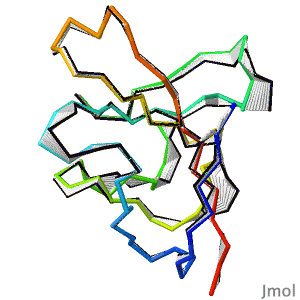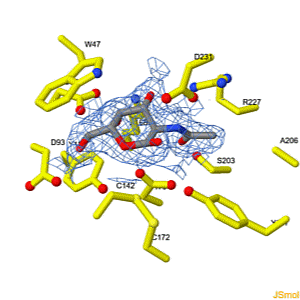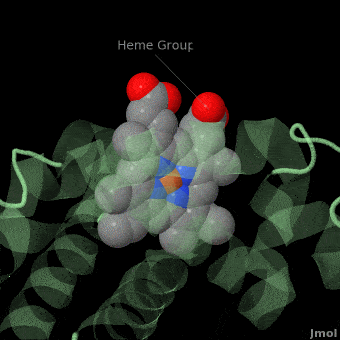Main Page
From Proteopedia
|
ISSN 2310-6301
Because life has more than 2D, Proteopedia helps to understand relationships between structure and function. Proteopedia is a free, collaborative 3D-encyclopedia of proteins & other molecules.
| |||||||||||
| Selected Pages | Art on Science | Journals | Education | ||||||||
|---|---|---|---|---|---|---|---|---|---|---|---|
|
|
|
|
||||||||
| Other Selected Pages | Featured in Art | Featured in I3DC | Featured in Education | ||||||||
|
How to author pages and contribute to Proteopedia Who knows ... |
How to get an Interactive 3D Complement for your paper |
Teaching Strategies Using Proteopedia |
|||||||||
| |||||||||||





